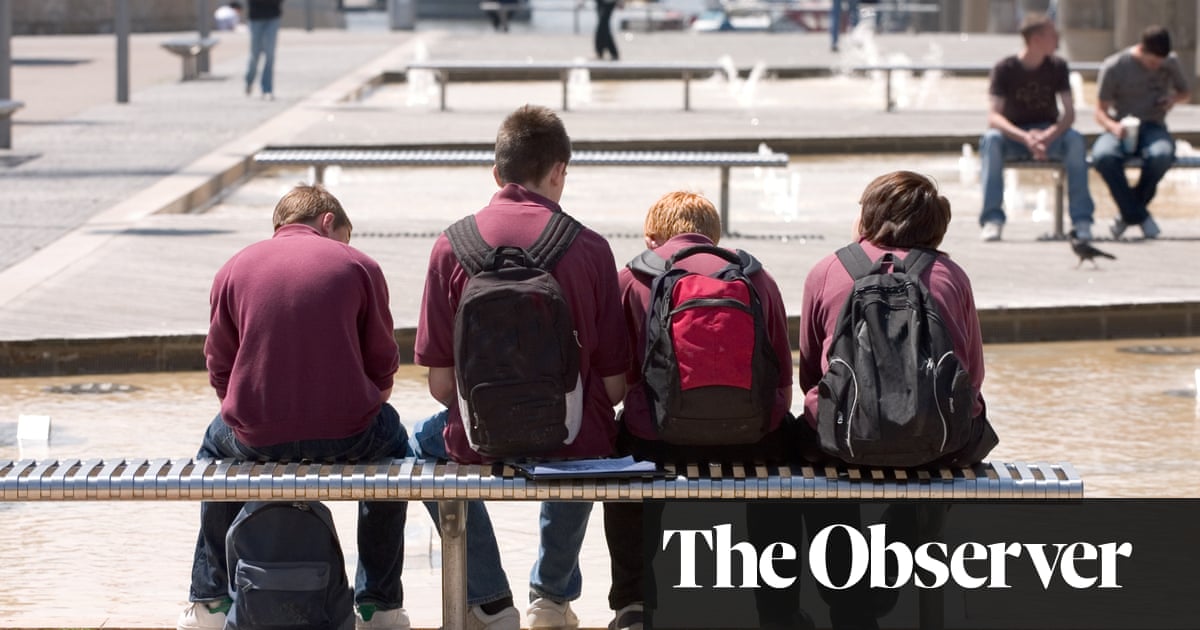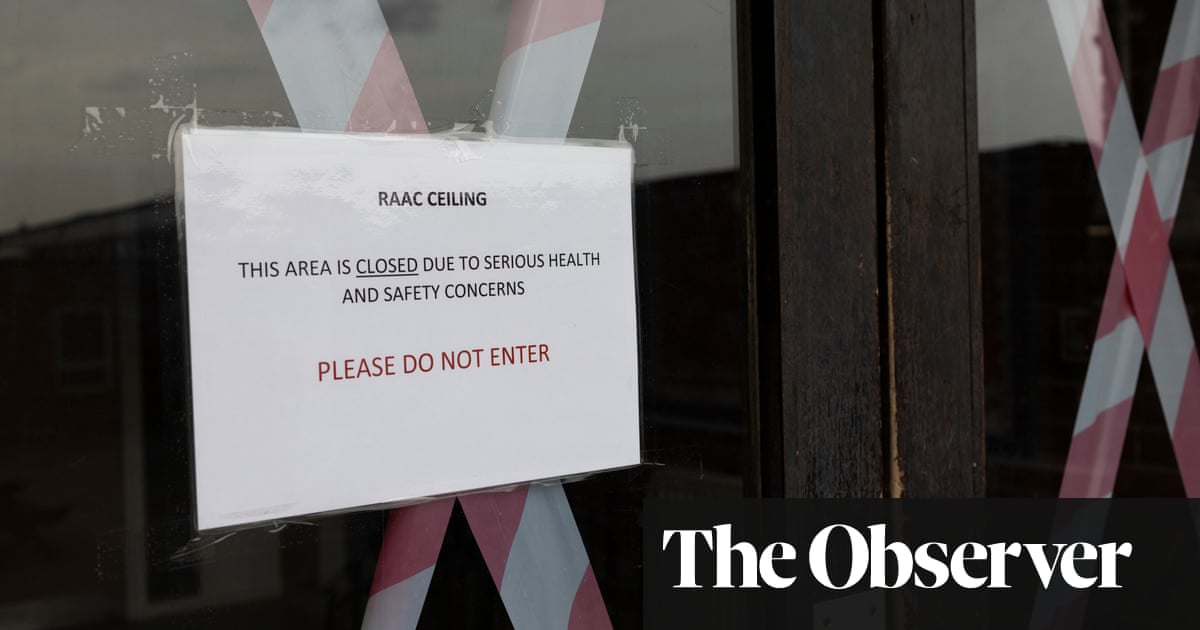
Primary schools in England have reported a big increase in the number of pupils attending during the latest lockdown, leading to warnings it may increase the spread of Covid-19 and prolong the need for school closures.
A survey of school leaders and classroom teachers revealed a sharp turnaround in the numbers of children attending school this week compared with those who attended in March 2020 during the first national lockdown.
The survey by the Teacher Tapp app found that one in six primary schools in England reported that 30% or more of their normal roll was attending in person this week, far more than in the first week of the March lockdown.
Nationally the figures would equate to more than 2,500 primary schools in England with a third or more of their pupils in their classrooms. More than 300 of those schools said at least half of all their pupils attended in person.
The figures are the first evidence that parents have been sending their children to school in increasing numbers. Headteachers have complained about their schools “rammed” with pupils and of parents making implausible claims of being eligible “critical workers”.
One headteacher reported that a parent whose job was a dog-walker claimed to qualify as a key worker because many of the dogs’ owners were NHS staff.
Rebecca Allen, a professor of education at the University of Brighton and chief analyst at Teacher Tapp, said: “The much higher number of children attending primary schools each day during this lockdown will make it more difficult to reduce the rate of transmission.
“This, in turn, may mean that schools will need to stay closed for longer, thus delaying the speed with which we can get other children back to school.”
While schools are closed to most pupils during the lockdown, many children are still eligible to attend, including those classed as vulnerable by the government because of special needs or social support, and children whose parents work in critical sectors, such as food distribution or national infrastructure.
But the government has also expanded its offer of in-person school places in England to children who lack digital devices for remote learning and to those without quiet spaces or workplaces in their homes.
Earlier this week, the Department for Education made it clear to school leaders that they could not limit places for the children of key workers, and that one parent’s status was enough for eligibility.
In the March lockdown, 72% of primary schools had fewer than 10% of their pupils attending. This year, only 17% of primaries had below 10% attendance.
The results were drawn from teachers at 1,600 primary schools surveyed this week and compared with the results of a similar snapshot from teachers at 2,000 schools conducted on 23 March last year.
The results came as the ONS released figures showing a rapid spread in Covid-19 infections among school-age children.
Mary Bousted, the joint general secretary of the National Education Union, said: “If the government is serious about having more children at school during this lockdown it should reduce bubbles and groups sizes to minimise transmission risks.
“However, with current staff already fully engaged in providing remote learning to the children at home, reducing bubble sizes will require more staff. The government should demonstrate its commitment to our young people by mobilising supply staff, many of them currently furloughed or even without pay, for this task.”












